Are you looking to combine multiple PDFs into one document? Merging related PDFs is an excellent way to organize your work. However, on Linux, this simple task can be confusing if you don't know which tools or commands to use.
But don't worry. This guide shares the most reliable and effective ways to combine PDF on Linux. If you also work on non-Linux platforms, UPDF can help you merge your files without any complex code. You can download it now to get started!
Windows • macOS • iOS • Android 100% secure
Part 1. How to Combine PDF Files on Linux (Ubuntu)?
You can combine PDF files on Linux using either Terminal or a desktop PDF editor. Before you start, make sure you are familiar with basic command-line operations. Then, follow the steps below.
Option 1: Use pdfunite
Pdfunite is a command-line tool that is part of the Poppler-utils package on Linux. Here’s how to use it.
Step 1. Install (if needed)
Open the folder containing your PDFs. Right-click and choose “Open in Terminal.” Then, type the following code and press “Enter.”
sudo apt install poppler-utils
Step 2: Locate Your PDFs
Access your terminal and use this command to go to the directory where your PDF files are present:
cd ~/(the folder name where the files are present)
Step 3. Combine PDFs
Use the following command and press “Enter.” This code combines the files named “pdf1.pdf” and “pdf2.pdf” into a new file called “out.pdf.”
pdfunite pdf1.pdf pdf2.pdf out.pdf
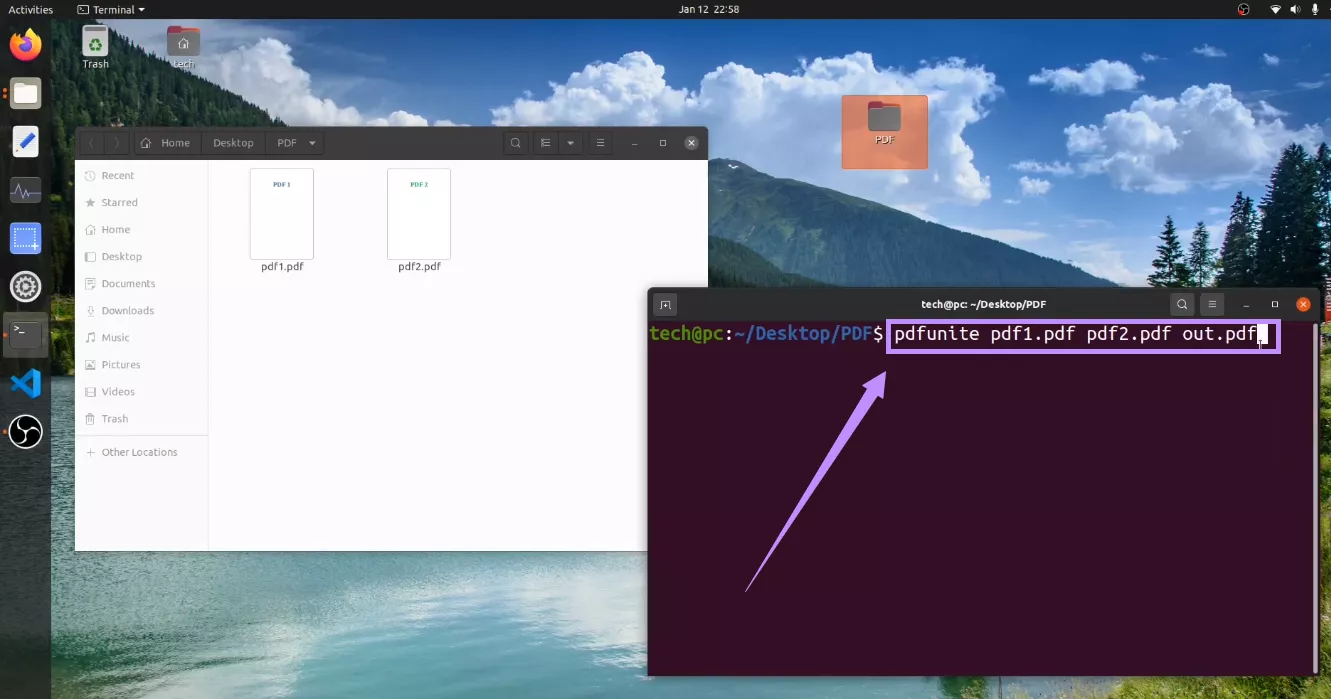
Note:
If you need to merge a large number of PDF files in the current folder, you can replace the file names with “ *.pdf” instead. So, the command will become:
pdfunite *.pdf out.pdf
This code guides the shell to include all PDF files in the current directory. However, be aware that files will be combined in alphabetical (A-Z) order, not numerical order.
Option 2: Use PDFtk
PDFtk, or PDF Toolkit, is another simple command-line tool that helps you modify and combine PDF files on Linux. Here’s how to use it.
Step 1. Install PDFtk
Type the following command in your Terminal. Then, press Enter.
sudo apt install pdftk
Step 2. Access your PDFs
Once the tool is installed, open the terminal and navigate to the directory using this command:
cd ~/(the folder name where the files are present)
Step 3. Combine PDFs
In the terminal, enter the following command to merge your files:
pdftk file1.pdf file2.pdf cat output combined.pdf
Here's a brief explanation of this command:
- file1.pdf file2.pdf: Input files in the order you want to merge them. Replace “file.pdf” with your PDF’s name.
- cat: The concatenate command, which joins the files together.
- output combined.pdf: Defines the name of the final merged file.
To merge all PDFs in the folder without writing individual names, you can also use this code.
pdftk *.pdf cat output combined.pdf
Option 3: Desktop Options on Linux - Stirling PDF
Stirling PDF is an open-source desktop PDF tool. It lets you combine PDF files on Linux via an interactive interface. So, it’s great if you want to avoid typing commands to merge PDFs.
However, you still need to install the tool in the Terminal. The steps to execute each command are the same:
- Open Terminal.
- Enter the command.
- Press “Enter.”
Step-by-Step Commands to Install Stirling PDF
Enter each of the following commands one at a time. Do not copy and paste all at once. This will make it much easier to identify and fix problems if they occur.
Here are the step-by-step commands:
Step 1. Enter the following code to update your package lists:
sudo apt-get update
Then install the required tools and libraries by entering:
sudo apt-get install -y git automake autoconf libtool \
libleptonica-dev pkg-config zlib1g-dev make g++ \
openjdk-21-jdk python3 python3-pip
Step 2. If you plan to use OCR features, run the following commands one by one:
mkdir ~/.git
cd ~/.git &&\
git clone https://github.com/agl/jbig2enc.git &&\
cd jbig2enc &&\
./autogen.sh &&\
./configure &&\
make &&\
sudo make install
Step 3. Install LibreOffice components, Tesseract (for OCR), and other tools:
sudo apt-get install -y libreoffice-writer libreoffice-calc libreoffice-impress tesseract-ocr
pip3 install uno opencv-python-headless unoserver pngquant WeasyPrint --break-system-packages
Step 4. Download the updated Stirling-PDF JAR file from the official server:
sudo wget https://files.stirlingpdf.com/Stirling-PDF.jar
sudo chmod +x Stirling-PDF.jar
Step 5. Choose a directory such as /opt/Stirling-PDF/. Then, move the downloaded JAR and the scripts folder there:
sudo mkdir /opt/Stirling-PDF &&\
sudo mv ./build/libs/Stirling-PDF-*.jar /opt/Stirling-PDF/ &&\
sudo mv scripts /opt/Stirling-PDF/ &&\
echo “Scripts installed.”
Step 6. If you will use non-English OCR, install Tesseract language packs:
sudo apt update &&\
# All languages
# sudo apt install -y 'tesseract-ocr-*'
# Find languages:
apt search tesseract-ocr-
# View installed languages:
dpkg-query -W tesseract-ocr- | sed 's/tesseract-ocr-//g'
Step 7. Launch the application by running:
java -jar /opt/Stirling-PDF/Stirling-PDF-*.jar
Step 8. Create a .desktop file to launch Stirling PDF from your Appmenu:
location=$(pwd)/gradlew
image=$(pwd)/docs/stirling-transparent.svg
cat > ~/.local/share/applications/Stirling-PDF.desktop <<EOF
[Desktop Entry]
Name=Stirling PDF;
GenericName=Launch StirlingPDF and open its WebGUI;
Category=Office;
Exec=xdg-open http://localhost:8080 && nohup $location java -jar /opt/Stirling-PDF/Stirling-PDF-*.jar &;
Icon=$image;
Keywords=pdf;
Type=Application;
NoDisplay=false;
Terminal=true;
EOF
After this step, you’ll find “Stirling PDF” in your application list.
Steps to Merge PDFs with Stirling PDF
- Launch Stirling PDF. Then, click “Merge” from the main interface.
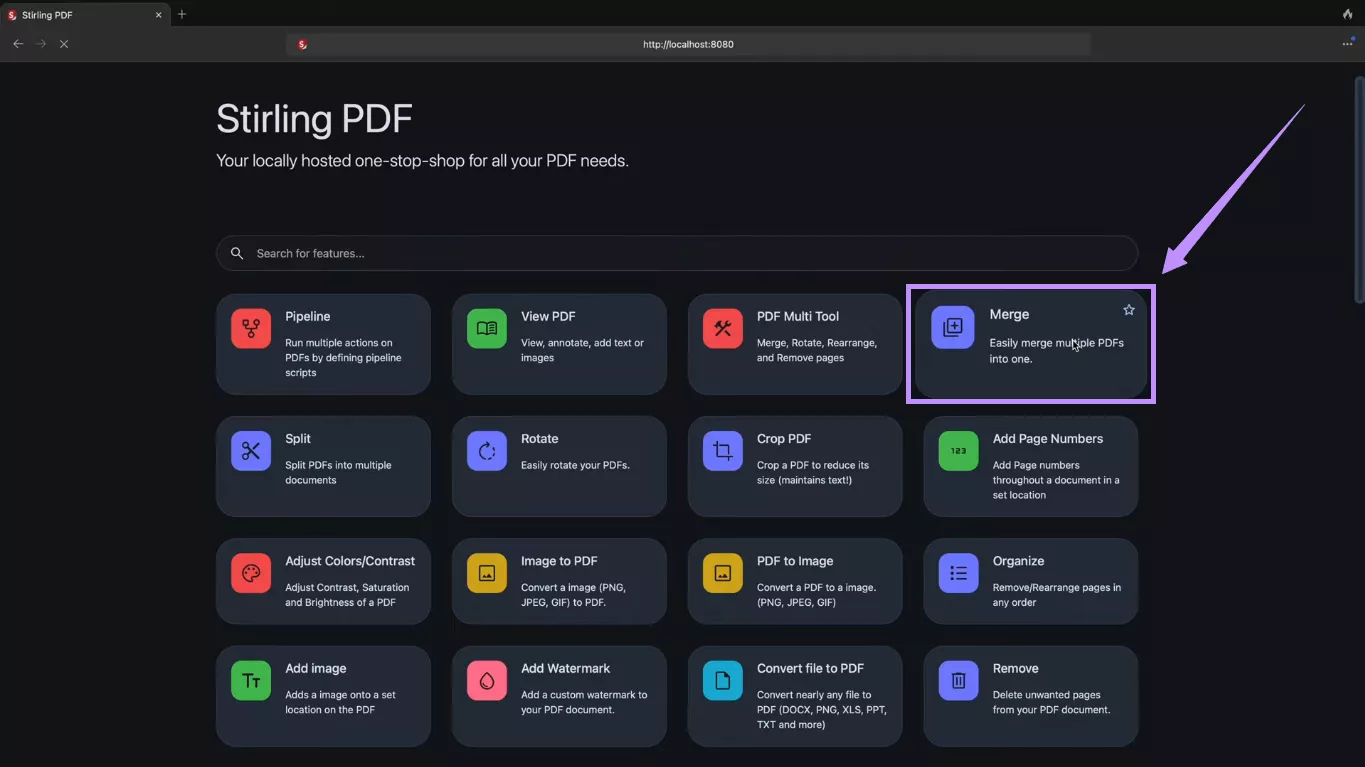
- Click “Choose Files” to upload your PDFs.
- Sort your PDFs by name or date. Then, click “Merge” to combine PDF on Linux.
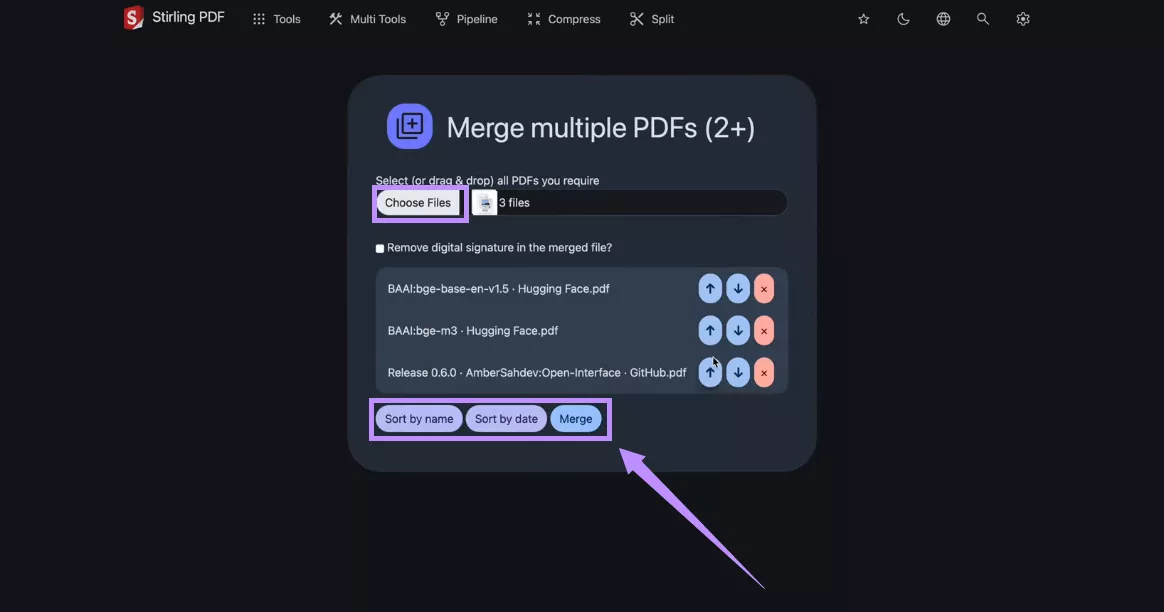
Part 2. Bonus Tip: Use UPDF to Combine PDF on Non-Linux Platforms
If you also work on non-Linux systems such as Windows, macOS, iOS or Android, you can easily combine PDFs with UPDF. It is a professional PDF editor that lets you join multiple PDFs into a single document - all without any code or command-line operations.
So, download and install it on your device. Then follow these steps to merge your files.
Windows • macOS • iOS • Android 100% secure
Steps to Merge PDFs on Desktop
- Launch UPDF. Then, click “Tools” from the bottom and choose “Merge.”
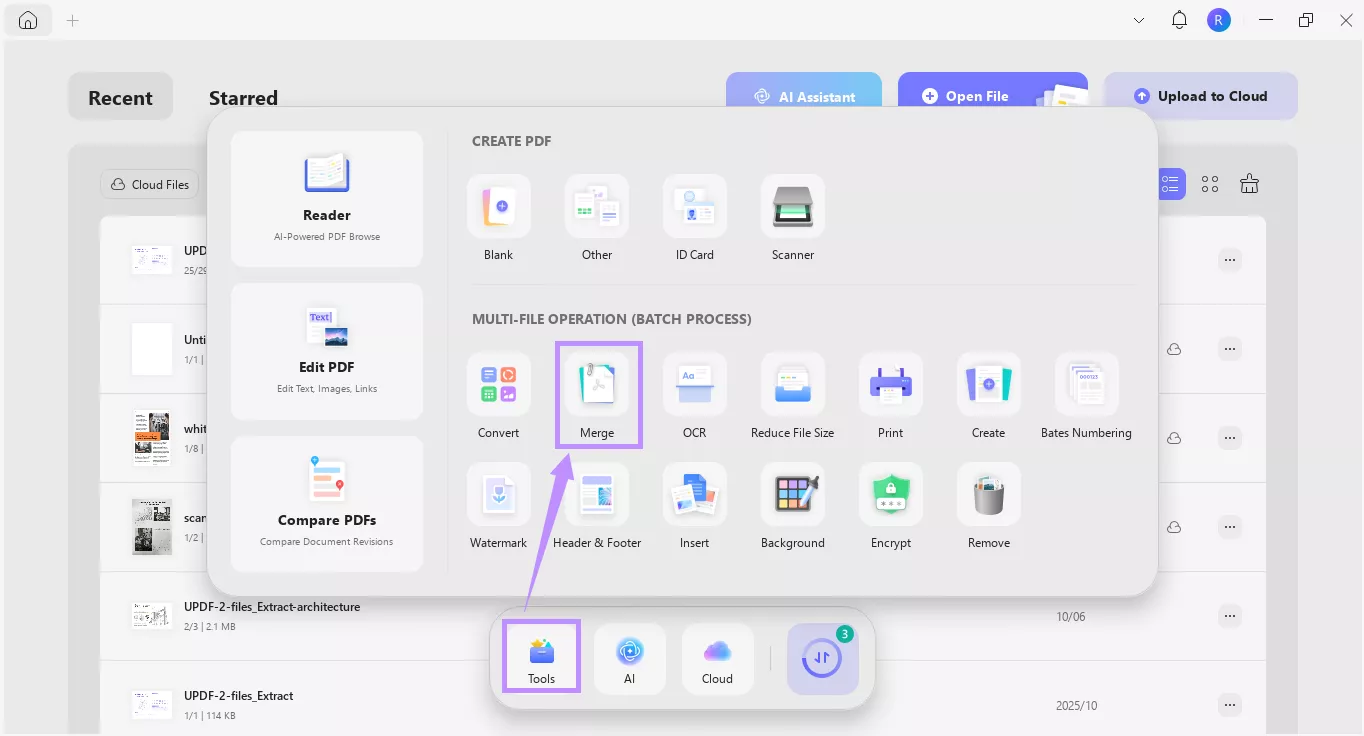
- Click “Add Files” and upload all the PDFs you want to combine.
- Once your files are uploaded, click the “Page Size Options” dropdown in the top right. Choose whether to “Keep original size” or “Standardize page size.” Then, click “Apply.”
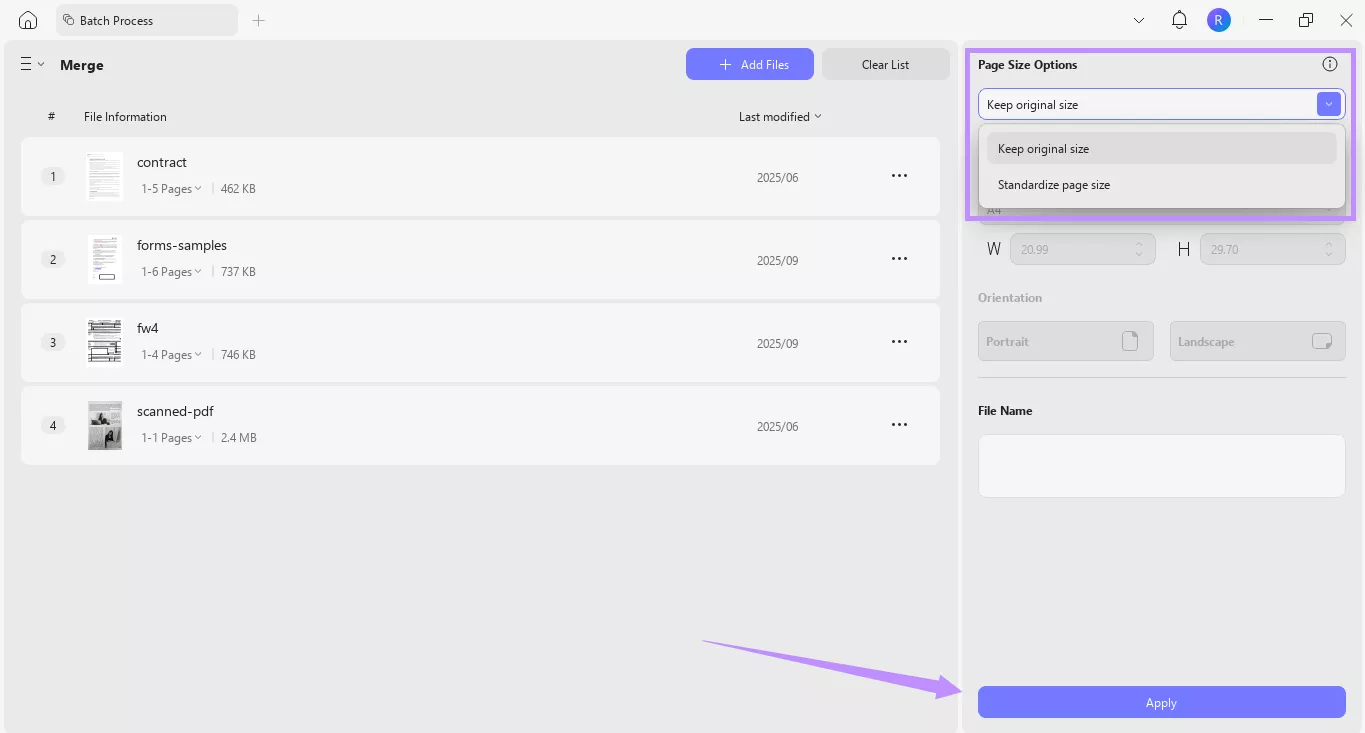
Steps to Merge PDFs on Mobile
- Install UPDF from the App Store or Google Play. Open it and tap the “+” button.
- Import your PDFs from Files, Photos, Computer or Cloud Drive. Then Select “Merge PDFs” and choose your desired files.
- Click “Continue” to merge the selected files into one PDF.
Windows • macOS • iOS • Android 100% secure

Conclusion
To sum up, you can combine PDF on Linux using command-line or desktop PDF editors. pdfunite, pdftk, and Stirling PDF are some great options. But if you want a more interactive experience without complex codes, UPDF can help you. It’s a complete PDF editor for non-Linux systems. Plus, you can get started for free. Download and try it today!
Windows • macOS • iOS • Android 100% secure
 UPDF
UPDF
 UPDF for Windows
UPDF for Windows UPDF for Mac
UPDF for Mac UPDF for iPhone/iPad
UPDF for iPhone/iPad UPDF for Android
UPDF for Android UPDF AI Online
UPDF AI Online UPDF Sign
UPDF Sign Edit PDF
Edit PDF Annotate PDF
Annotate PDF Create PDF
Create PDF PDF Form
PDF Form Edit links
Edit links Convert PDF
Convert PDF OCR
OCR PDF to Word
PDF to Word PDF to Image
PDF to Image PDF to Excel
PDF to Excel Organize PDF
Organize PDF Merge PDF
Merge PDF Split PDF
Split PDF Crop PDF
Crop PDF Rotate PDF
Rotate PDF Protect PDF
Protect PDF Sign PDF
Sign PDF Redact PDF
Redact PDF Sanitize PDF
Sanitize PDF Remove Security
Remove Security Read PDF
Read PDF UPDF Cloud
UPDF Cloud Compress PDF
Compress PDF Print PDF
Print PDF Batch Process
Batch Process About UPDF AI
About UPDF AI UPDF AI Solutions
UPDF AI Solutions AI User Guide
AI User Guide FAQ about UPDF AI
FAQ about UPDF AI Summarize PDF
Summarize PDF Translate PDF
Translate PDF Chat with PDF
Chat with PDF Chat with AI
Chat with AI Chat with image
Chat with image PDF to Mind Map
PDF to Mind Map Explain PDF
Explain PDF Deep Research
Deep Research Paper Search
Paper Search AI Proofreader
AI Proofreader AI Writer
AI Writer AI Homework Helper
AI Homework Helper AI Quiz Generator
AI Quiz Generator AI Math Solver
AI Math Solver PDF to Word
PDF to Word PDF to Excel
PDF to Excel PDF to PowerPoint
PDF to PowerPoint User Guide
User Guide UPDF Tricks
UPDF Tricks FAQs
FAQs UPDF Reviews
UPDF Reviews Download Center
Download Center Blog
Blog Newsroom
Newsroom Tech Spec
Tech Spec Updates
Updates UPDF vs. Adobe Acrobat
UPDF vs. Adobe Acrobat UPDF vs. Foxit
UPDF vs. Foxit UPDF vs. PDF Expert
UPDF vs. PDF Expert

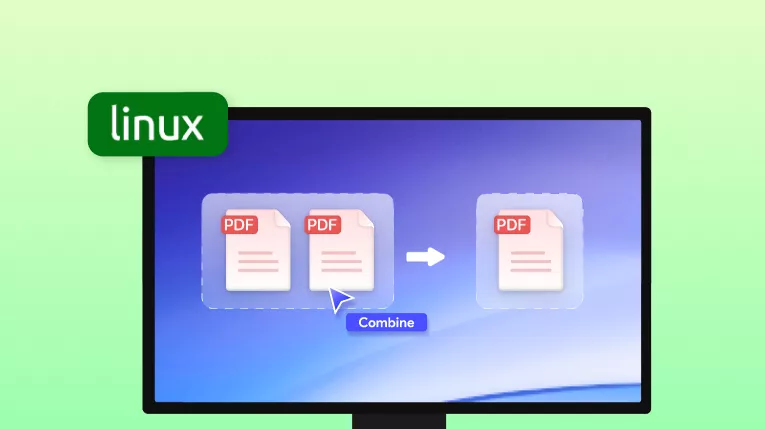




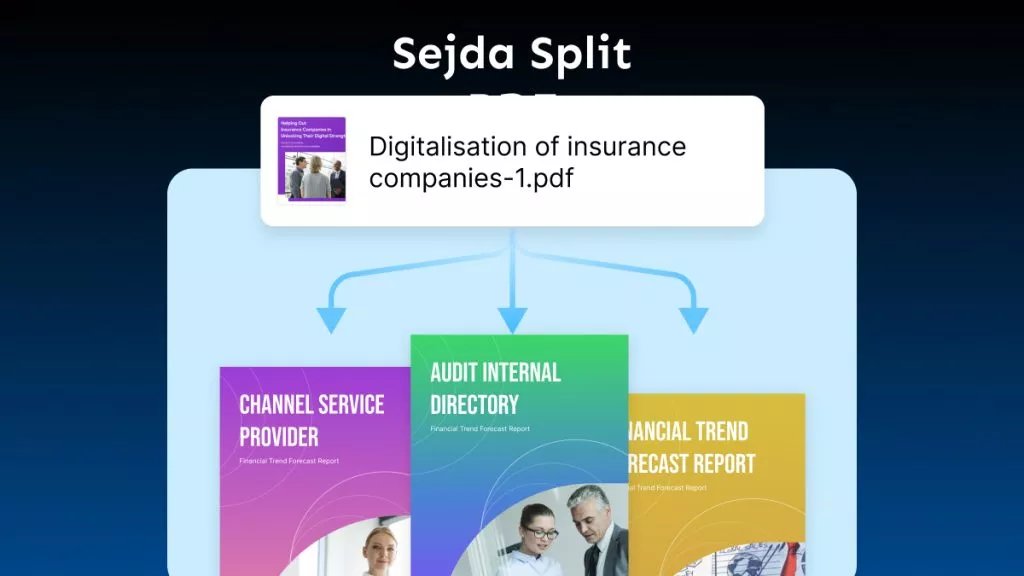
 Lizzy Lozano
Lizzy Lozano 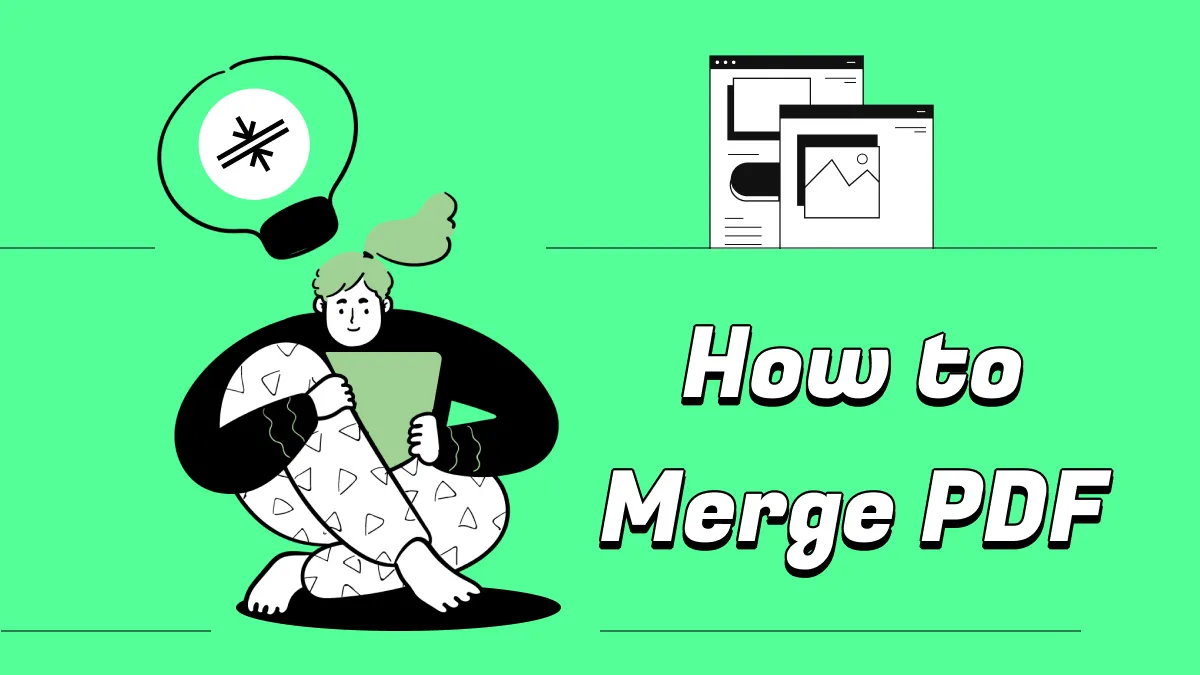
 Enrica Taylor
Enrica Taylor 

 Enid Brown
Enid Brown